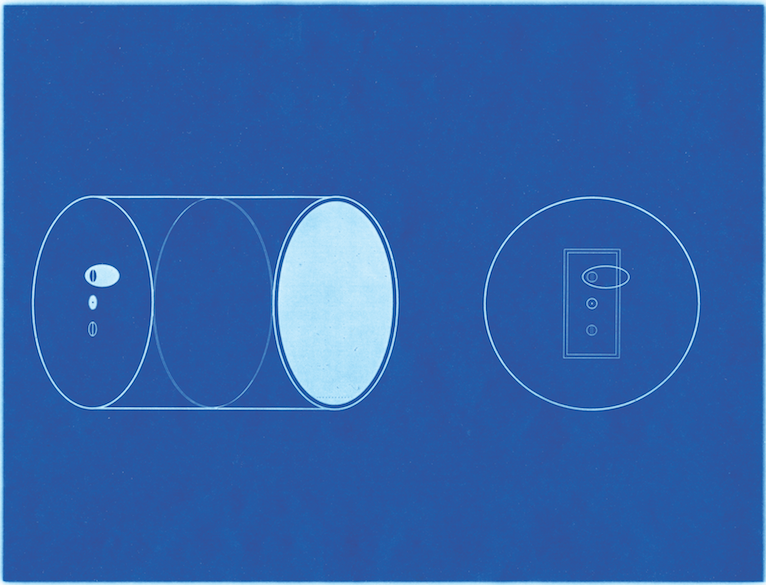Artist: EMEKA OGBOH

Emeka Ogboh | Bus
Lagos, Nigeria is growing fast but travels slow. The city, which is Africa’s largest, has doubled in population within the past seventeen years, crowding its roads and bridges with many millions of people – too many for the city’s recent infrastructure investments to keep up. Traffic jams, called go-slows, ensue. But while Danfos, the yellow minibuses that are public transportation in Lagos, tend to get stuck, its passengers don’t. While buses crawl, Lagosians move: playing street music, revving engines, hawking products, shouting directions and taking phone calls.












